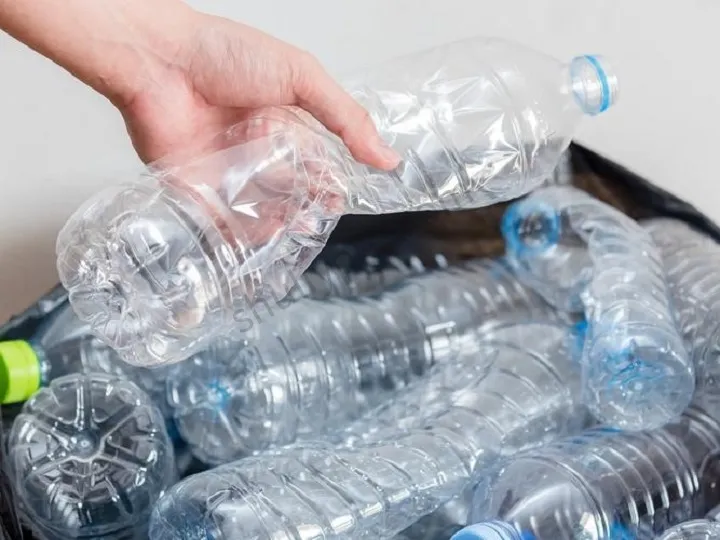प्लास्टिक प्रदूषण वैश्विक पर्यावरण के लिए एक बड़ी चुनौती बन गया है, और पीईटी बोतल पुनर्चक्रण लाइन, प्लास्टिक पैकेजिंग के सबसे सामान्य प्रकारों में से एक, इस समस्या का एक कुंजी समाधान प्रदान करता है। पीईटी बोतलों का पुनर्चक्रण न केवल कचरे के कारण होने वाले पारिस्थितिकीय नुकसान को कम करता है, बल्कि संसाधन पुनर्चक्रण के माध्यम से महत्वपूर्ण आर्थिक मूल्य भी उत्पन्न करता है।
PET बोतल क्या है?
पीईटी बोतलें पॉलीइथिलीन टेरेफ्थेलेट (पीईटी) से बनी प्लास्टिक कंटेनर हैं, जो टेरेफ्थालिक एसिड और एथिलीन ग्लाइकॉल के पॉलीकंडेन्सेशन द्वारा बनाई जाती हैं, जो हल्की और टिकाऊ होती हैं - जिनका घनत्व कांच की बोतलों के केवल 1/10 है, लेकिन ये प्रभावों के प्रति प्रतिरोधी और अविभाज्य होती हैं, और इनमें ऑक्सीजन और नमी को प्रभावी रूप से बाहर रखने वाली एक अच्छी बाधा होती है।
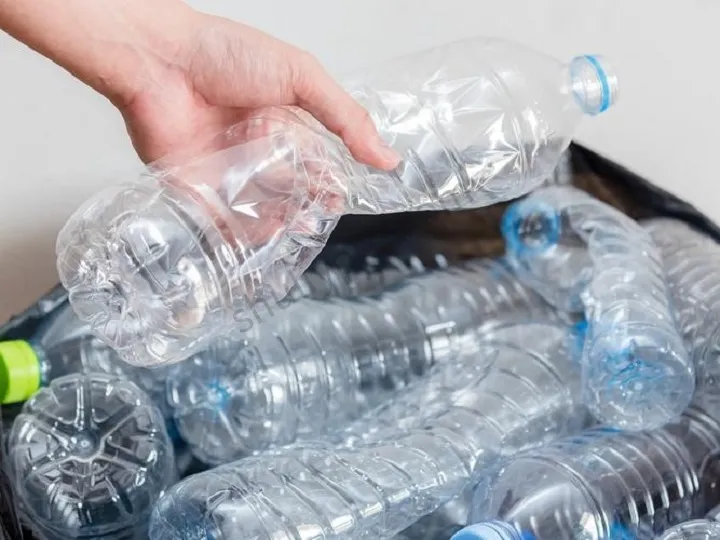
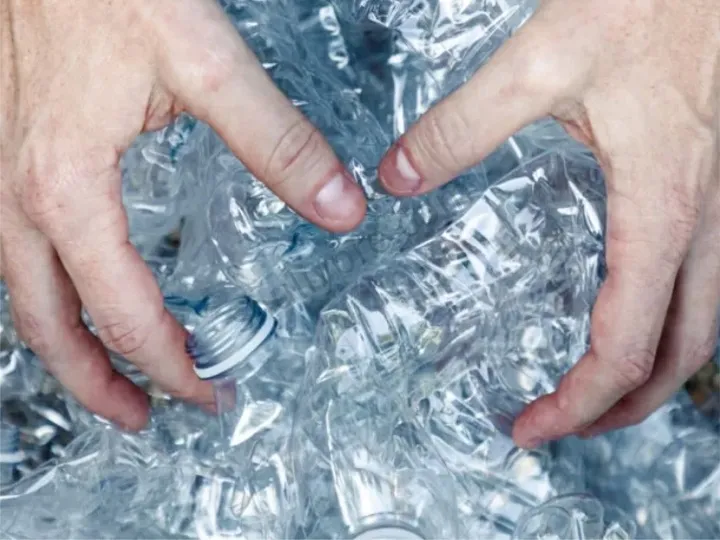

इसलिए, पीईटी की बोतलें खाद्य पैकेजिंग के लिए व्यापक रूप से उपयोग की जाती हैं जैसे कि मिनरल वाटर, कार्बोनेटेड पेय, खाद्य तेल आदि। इन्हें शैंपू, डिटर्जेंट और अन्य दैनिक आवश्यकताओं के लिए कंटेनरों के रूप में भी सामान्यतः उपयोग किया जाता है। इसकी रासायनिक प्रकृति स्थिर और गैर-ज़हरीली है, जो खाद्य संपर्क सुरक्षा मानकों के अनुरूप है, लेकिन तापमान के प्रति सीमित प्रतिरोध है; उच्च तापमान के लंबे समय तक संपर्क में रहने से विकृत हो सकता है या ट्रेस पदार्थों को छोड़ सकता है, इसलिए गर्म पानी को बार-बार उपयोग करने की सिफारिश नहीं की जाती।
हमें प्लास्टिक की बोतलों का रिसाइक्लिंग करने के लिए क्यों प्रोत्साहित करना चाहिए?
पर्यावरणीय आपातकाल: प्लास्टिक प्रदूषण से लड़ना:
पीईटी बोतलें विश्वभर में प्लास्टिक कचरे के प्रमुख स्रोतों में से एक हैं, जो मूल्यवान स्थान घेरती हैं और हानिकारक रसायनों को छोड़ती हैं। पुनर्चक्रण इस कचरे को ओवरलोडेड लैंडफिल से बाहर रखता है।
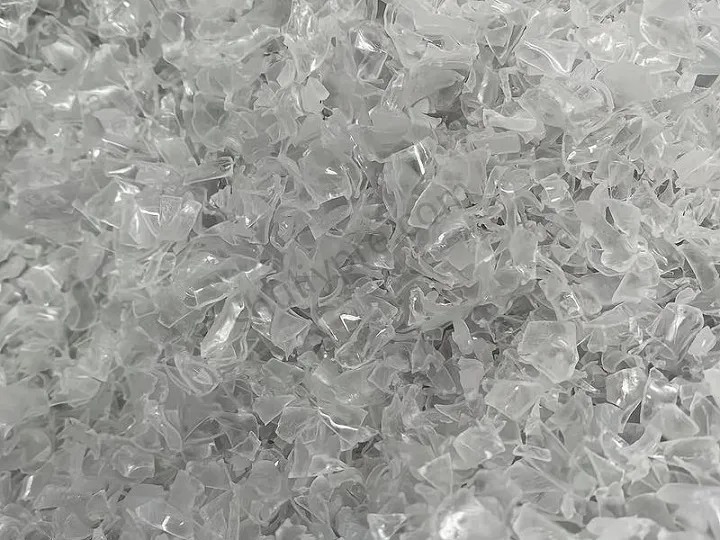
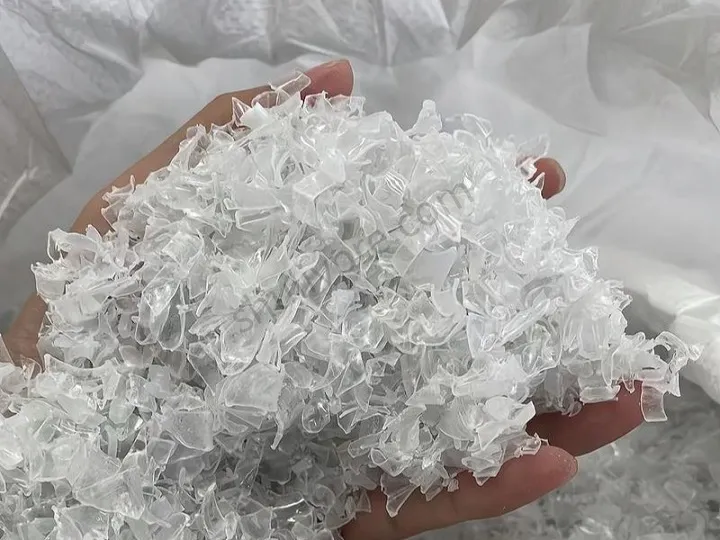
आर्थिक लाभ: लागत-कुशल संसाधन रिसाइक्लिंग:
रिसाइक्ल किया गया पीईटी कच्चे माल की तुलना में 10-30% कम महंगा है, जो इसे पैकेजिंग, वस्त्र और निर्माण जैसे उद्योगों के लिए आकर्षक बनाता है।
PET बोतलों का पुनर्चक्रण करने की चुनौती
PET बोतलों का पुनर्चक्रण चुनौतियों का सामना करता है जैसे असंगत वैश्विक संग्रह प्रणाली, जहां विकासशील क्षेत्रों में खंडित बुनियादी ढांचा मिश्रित कचरे और असक्षम छंटाई का कारण बनता है, और अवशिष्ट तरल पदार्थों, लेबलों या गैर-PET सामग्रियों से संदूषण की समस्याएं जो पुनर्नवीनीकरण चिप्स की गुणवत्ता को degrade करती हैं।
- प्रदूषण: PET की बोतलें अक्सर उपयोग के दौरान खाद्य अवशेषों, पेय पदार्थों और अन्य पदार्थों से प्रदूषित हो जाती हैं। ये प्रदूषक पुनर्नवीनीकरण PET की गुणवत्ता और प्रदर्शन को प्रभावित करते हैं।
- वैश्विक पुनर्चक्रण चुनौतियाँ: कई देशों और क्षेत्रों में, अच्छी तरह से विकसित पुनर्चक्रण प्रणाली और बुनियादी ढांचे की कमी के कारण बड़ी संख्या में PET बोतलें फेंकी या जलायी जाती हैं, जिससे संसाधनों की बर्बादी और पर्यावरण प्रदूषण होता है।
पीईटी बोतलों का रिसाइक्लिंग करने का प्रभावी तरीका: प्लास्टिक बोतल रिसाइक्लिंग मशीन
इसलिए, इस स्थिति से छुटकारा पाने के लिए, PET बोतलों के पुनर्चक्रण के लिए एक PET बोतल धोने की लाइन आवश्यक है। हमारी शुली की विशेषीकृत धोने की लाइन प्लास्टिक की बोतलों के पुनर्चक्रण के लिए एक कुशल और मानकीकृत समाधान प्रदान करती है, जो वैज्ञानिक और एकीकृत डिज़ाइन के माध्यम से एक मानकीकृत प्रक्रिया का निर्माण करती है।
- PET बोतलों से पहले उनके लेबल हटा दिए जाते हैं एक पीईटी बोतल लेबल हटाने की मशीन.
- इसके बाद, प्लास्टिक बोतल कोल्हू इन बोतलों को टुकड़ों में तोड़ता है ताकि आगे की सफाई हो सके।
- इसके बाद, प्लास्टिक के टुकड़े एक में डाल दिए जाते हैं पीईटी बोतल धोने की मशीन बोतलों से ढक्कनों को अलग करने के लिए डिज़ाइन किया गया।
- फ PET बोतलें फिर में रखी जाती हैं धुलाई टैंक और गर्म धुलाई टैंक गहरी नसबंदी के लिए ताकि अशुद्धियों को और हटा सकें।
- फिर पानी को एक द्वारा हटाया जाता है प्लास्टिक ड्रायर मशीन. साफ PET बोतल के चूरा का उत्पादन होता है।
मोजाम्बिक में बिक्री के लिए पीईटी बोतल रिसाइक्लिंग मशीन
मोजाम्बिक में पीईटी बोतलों के पुनर्चक्रण के लिए पीईटी बोतल धोने की लाइन की सफल स्थापना और स्थिर संचालन स्थानीय वृत्तीय अर्थव्यवस्था के विकास के लिए एक मील का पत्थर है।
मोजाम्बिक के खरीदार की प्रतिक्रिया के अनुसार, सफाई लाइन ने स्थापना और कमीशनिंग के बाद "आसान संचालन, कम विफलता, उच्च उत्पादन" के फायदे दिखाए हैं।
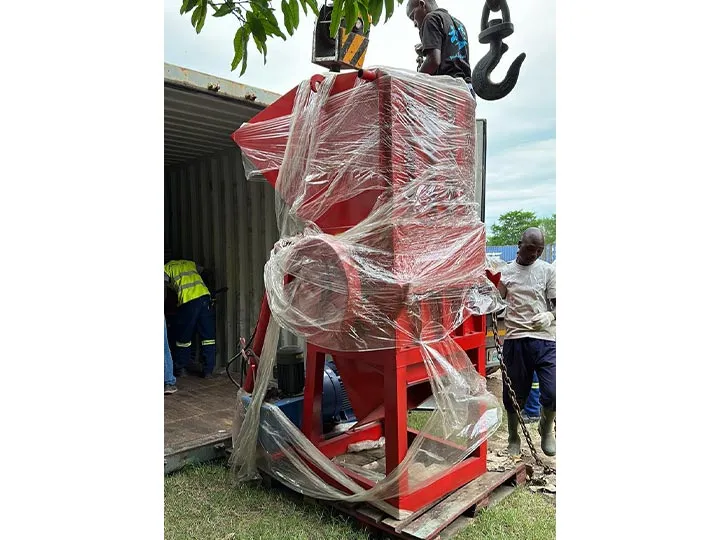
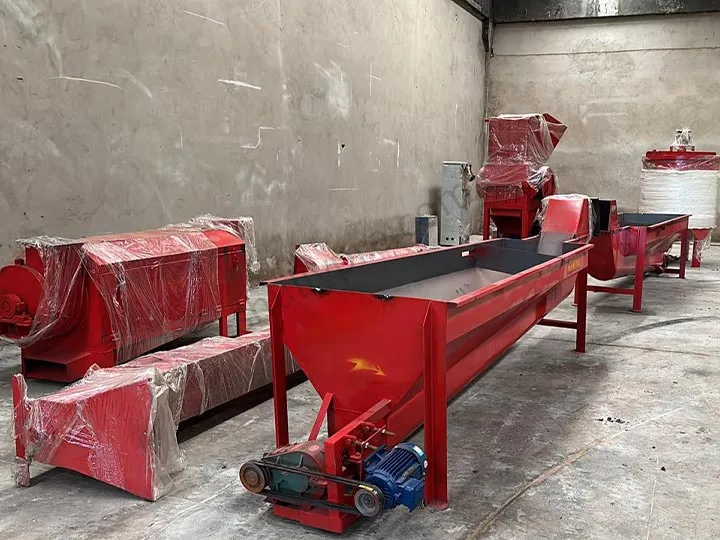
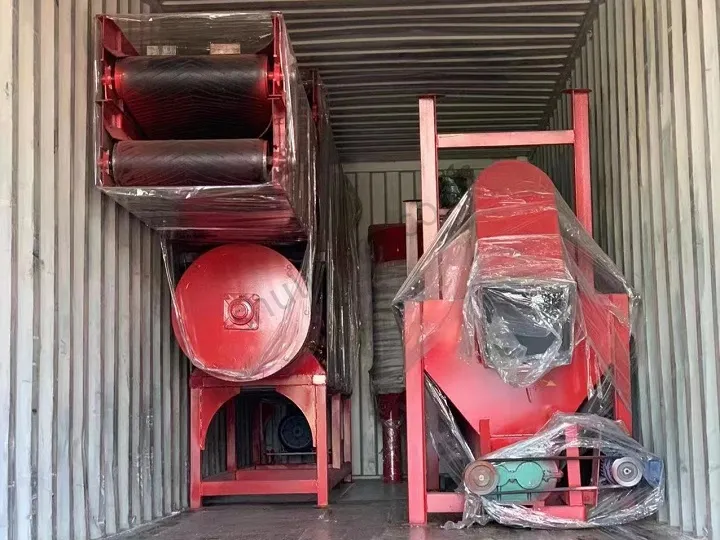
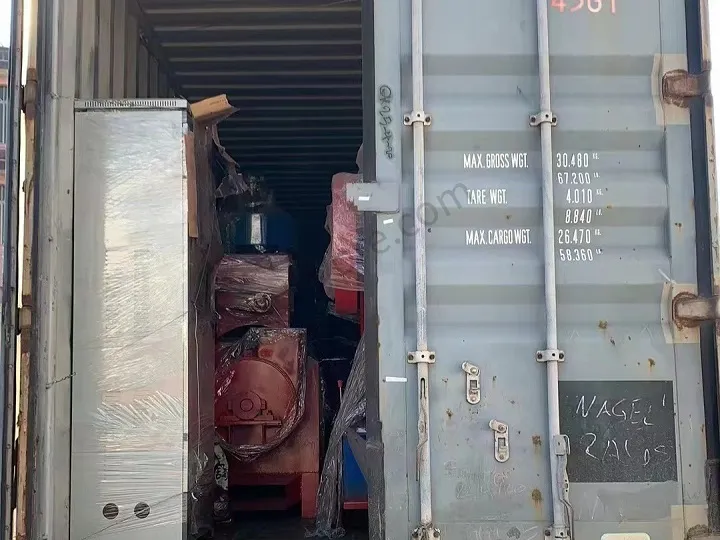
उपरोक्त मोजाम्बिक मामले के अलावा, हमारे पास अन्य देशों को बेचे गए मामले भी हैं।
और पढ़ें:
दक्षिण सूडान के प्लास्टिक रिसाइक्लर ने शुली पीईटी बोतल रिसाइक्लिंग मशीन को अपनाया
नाइजीरिया में पीईटी बोतल रीसाइक्लिंग प्लांट के लिए पोर्टेबल कोल्हू
